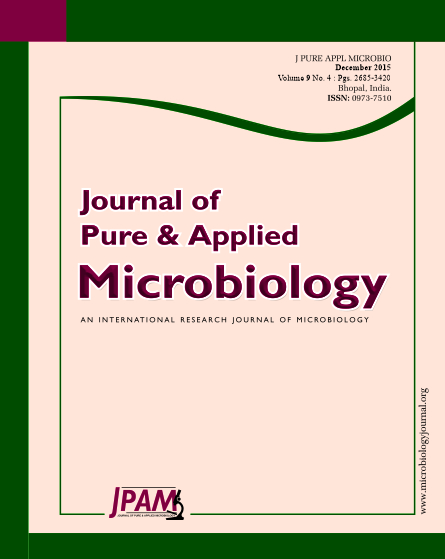Pomegranate (Punica granatum L.), an ancient and commercially important fruit of both tropical and subtropical countries, is extensively cultivated around the Mediterranean and other parts of world including India. Regarded as a fruit of paradise, is one among the major fruit crops of arid zone. In India, it is regarded as a “vital cash crop”, grown in an area of 1.5 lakh ha with a production of 11.0 lakh tons. The fruits are immensely important as they are delicious, have high food value and rich in carbohydrates, calcium, iron, sulphur and vitamin-c and citric acid. Pomegranate fruits are known to posses pharmaceutical and therapeutic properties. It is a symbol of health, fertility, eternal life and also being valued as medicinal plant to treat diabetes, cancer, hypertension, gastric inflammation and heart and kidney diseases. Hence, they are consumed by many people of the world. The crop is becoming more popular among the growers and attained a status of commercial crop. The diseases are also spreading faster and becoming a major limiting factor in attaining high yield. Pomegranate is suffering from several economically important diseases like anthracnose, caused by Colletotrichum gloeosporioides (Penz.) Penz. and Sacc. which has become a potentially destructive disease both under orchard and post-harvest storage conditions. In severely affected orchards, defoliation, dropping of flowers and fruit resulting in drastic reduction of fruit yield and quality while, after harvest it reduces the market value of fruits. Propagules of pathogen cause spots and decay the fruit. Management study under field conditions revealed that the treatments with foliar sprays of carbendazim + mancozeb(0.3 %) and propiconazole (0.1 %) reduced the disease drastically with high yield and good quality fruits. With an aim to search for resistance genotypes against anthracnose, 19 genotypes were evaluated under in vitro conditions using detached leaf technique. Among them Ganesh, Araktha and Kesar found to be susceptible and none of them were resistant. Thus the present study revealed that, for better quality of fruits it is necessary to manage the anthracnose effectively both in orchards and also after harvest.
Anthracnose, AUDPC, fungicides, bioagents, botanicals, Genotypes.
© The Author(s) 2015. Open Access. This article is distributed under the terms of the Creative Commons Attribution 4.0 International License which permits unrestricted use, sharing, distribution, and reproduction in any medium, provided you give appropriate credit to the original author(s) and the source, provide a link to the Creative Commons license, and indicate if changes were made.


